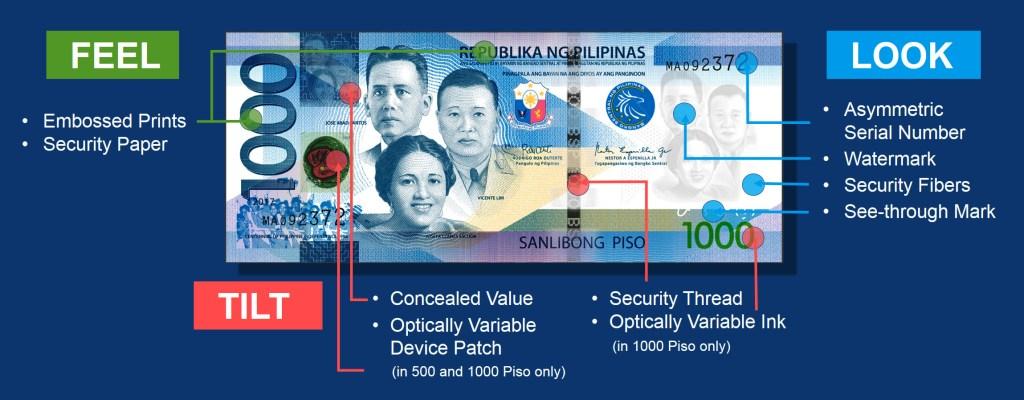July 2, 2025
Golden Anniversary Promo

To check for counterfeit money in the Philippines, you can use the Feel, Look, and Tilt method recommended by the Bangko Sentral ng Pilipinas (BSP). Here’s how:
✔ Optically Variable Device (OVD) Patch – Found in ₱500 and ₱1000 bills, changing colors from green to blue when tilted.
✔ Embedded Serial Number – Should match and not fade when scratched.
✔ UV Light Test – Some security features are visible under ultraviolet (UV) light.
✅ Report it to the nearest BSP office or bank for verification.
✅ Do not spend or distribute counterfeit money, as it is illegal.
✅ Compare the bill with a confirmed genuine banknote if in doubt.